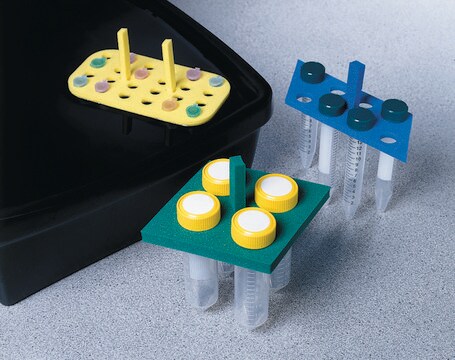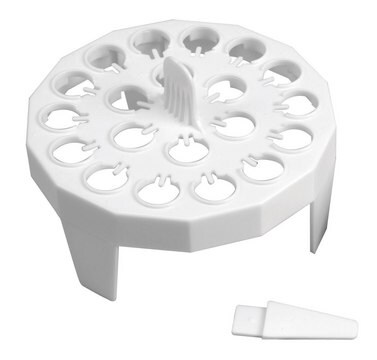S8776
Sodium chloride solution
0.9% in water, BioXtra, suitable for cell culture
About This Item
Recommended Products
sterility
sterile-filtered
Quality Level
product line
BioXtra
concentration
0.9% in water
technique(s)
cell culture | mammalian: suitable
impurities
endotoxin, tested
SMILES string
[Na+].[Cl-]
InChI
1S/ClH.Na/h1H;/q;+1/p-1
InChI key
FAPWRFPIFSIZLT-UHFFFAOYSA-M
Looking for similar products? Visit Product Comparison Guide
General description
Application
- for intraperitoneal administration in mice to investigate the effect of toll-like receptors (TLR-3) activation on neonatal hypoxic-ischemic (HI)
- to dissolve bleomycin sulfate for bleomycin treatments in mice
- to dilute tribromoethanol for intraperitoneal injection in mice
Packaging
Preparation Note
related product
Storage Class Code
12 - Non Combustible Liquids
WGK
nwg
Flash Point(F)
Not applicable
Flash Point(C)
Not applicable
Regulatory Listings
Regulatory Listings are mainly provided for chemical products. Only limited information can be provided here for non-chemical products. No entry means none of the components are listed. It is the user’s obligation to ensure the safe and legal use of the product.
JAN Code
S8776-10ML:
S8776-PROC:
S8776-6X20ML:
S8776-100ML:
S8776-BULK:
S8776-20ML:
S8776-VAR:
S8776-1L:
S8776-10X10ML:
Certificates of Analysis (COA)
Search for Certificates of Analysis (COA) by entering the products Lot/Batch Number. Lot and Batch Numbers can be found on a product’s label following the words ‘Lot’ or ‘Batch’.
Already Own This Product?
Find documentation for the products that you have recently purchased in the Document Library.
Customers Also Viewed
Our team of scientists has experience in all areas of research including Life Science, Material Science, Chemical Synthesis, Chromatography, Analytical and many others.
Contact Technical Service


